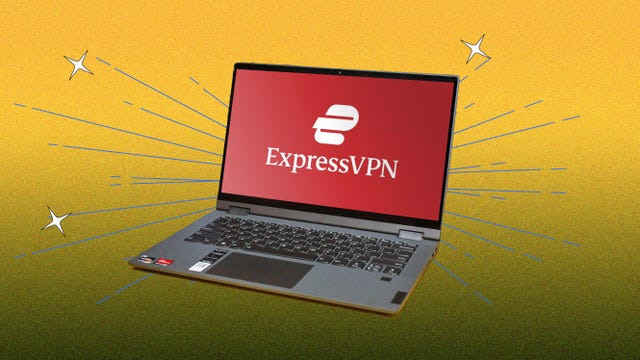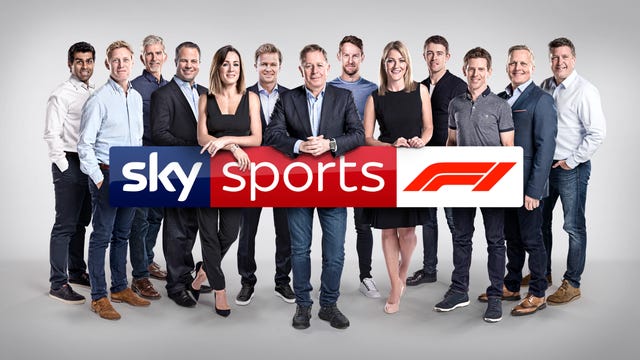Technologies
Formula 1 Racing 2023: How to Watch and Livestream the Canadian GP Today
Max Verstappen and F1 are back in North America this week, as the Red Bull superstar looks for his fourth straight victory.
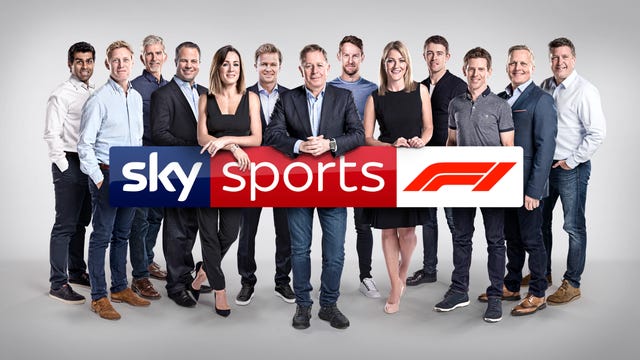
Max Verstappen is on a tear once again. The defending F1 champion won for the fifth time this year in Spain. He’s won three consecutive races and is now looking to extend his win streak at the Canadian Grand Prix. Verstappen and his Red Bull teammate Sergio Perez have combined to win every race so far in 2023 and are currently in first and second place in the Drivers’ Championship standings, respectively. Aston Martin’s Fernando Alonso is third, while Mercedes’ Lewis Hamilton is fourth.
The Canadian GP will be held at the Circuit Gilles Villeneuve in Montreal and will start this afternoon at 1 p.m ET (10 a.m PT) on ABC and ESPN Plus.
The entire race weekend, including practice sessions and qualifying, will be shown in the US on ESPN’s family of TV networks. Those looking to follow all the drama will need access to ABC, ESPN, ESPN 2 and ESPNews to catch every second of the action.
No single provider has exclusive rights to the network, so there are plenty of ways to get ESPN and watch the races without cable. We’ve broken down everything you need to know in order to stream today’s race, and all the other F1 races this season.
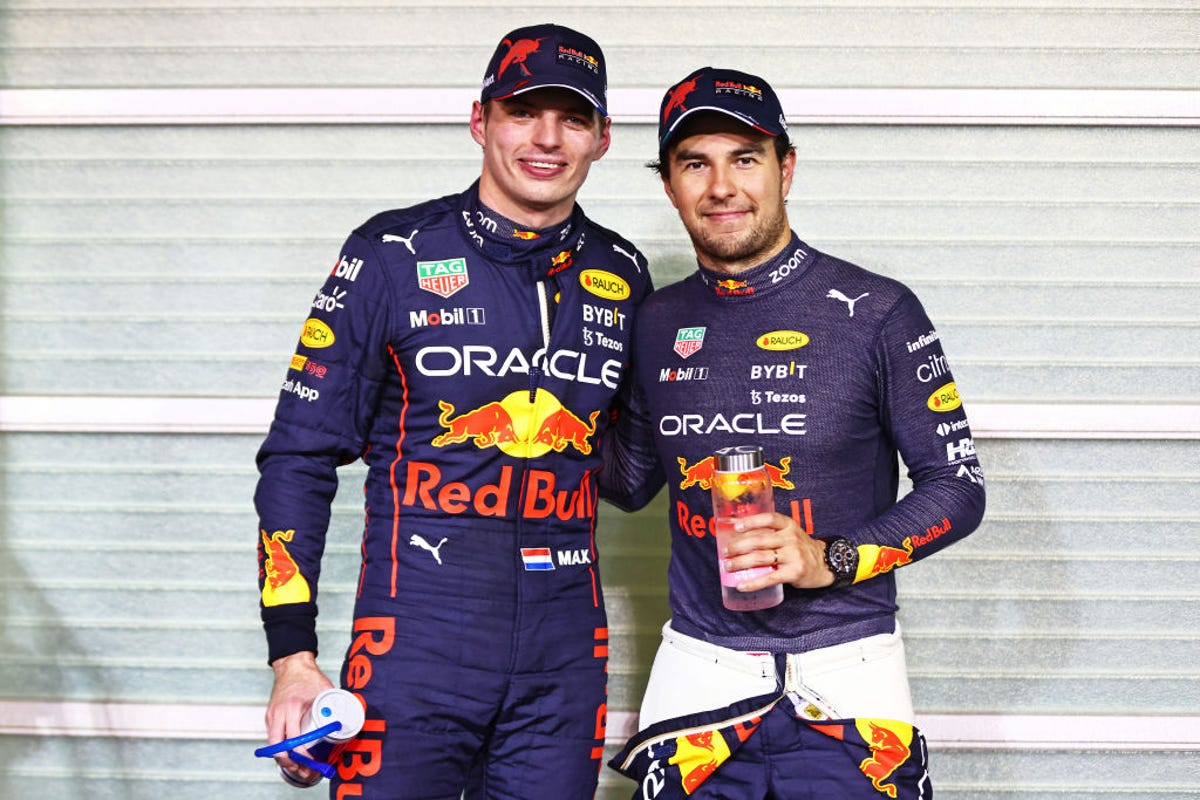
Max Verstappen and Sergio Perez have combined to win every race so far in 2023 for Red Bull.
What is F1 and how is it different from IndyCar?
Both IndyCar and F1 are open-wheeled, single-seater racing formats. This means that the cars can only fit one person and have uncovered wheels that protrude from the body of the vehicle. Despite their basic similarities, F1 and IndyCar offer very different experiences.
In F1, there are only 10 teams, with two drivers apiece for a total of 20 drivers. Most races must go for 305 km, which is about 190 miles. Each driver needs to use two different tires in the race, so a pit stop is mandatory, though cars are not allowed to refuel. Races average around two hours in length and are held at venues all over the world.
Teams spend hundreds of millions of dollars each year developing their cars. All cars must have certain elements — for example, gearboxes must have eight gears plus a reverse and last for six consecutive races — but teams have leeway to tweak and change some parts of their car, including their engines, in the pursuit of speed.
In contrast, the cars featured in IndyCar are more standardized. They all have the same aerodynamic kit and chassis and can only be powered by one of two engines — either a Honda or a Chevrolet. That said, teams are allowed to develop some of their own parts, like dampers and some of their suspensions.
IndyCar races occur on a wide range of tracks, from fast ovals to road and street courses. The length of the races also varies, with some, like the Indianapolis 500, lasting 500 laps and taking over three hours to complete. Not surprisingly, refueling during pit stops is a big part of the strategy during IndyCar races. Teams can field more than two cars, meaning that the amount of drivers on the grid fluctuates from race to race.
IndyCar is mostly considered an American sport and does not have the same level of money and glamour associated with it compared to the globe-hopping F1 circuit.
Why should I care about F1?
F1 races might best be described as a sort of action-packed chess match that takes place while drivers are throttling around a track at close to 200 mph. Teams need both strategy and skill to compete against some of the best minds in motorsports.
F1 is also full of strong personalities. The Netflix documentary series F1: Drive to Survive follows many of the teams and drivers over the course of a year and has helped raise the profile of the sport in the US. Released in February, season 5 of the series chronicles last year’s rise of Red Bull and Verstappen and its effect on the other drivers. It also focuses on the internal battles between drivers on the same team, while giving viewers a peek into the tense, pressurized world of elite racing.
Does F1 stream on ESPN Plus?
ESPN does not air any F1 coverage on its ESPN Plus streaming service. If you want to watch the practices or races you will need a television provider of some kind or to pay for F1’s $80 per season TV Pro subscription.
When, where and what time are the races?
Races are held on Sunday and are usually spaced two weeks apart. Here’s the entire schedule, all times ET.
F1 2023 schedule
| Date | Race | Time |
|---|---|---|
| March 5 | Bahrain GP | 10 a.m. ET |
| March 19 | Saudi Arabian GP | 1 p.m. ET |
| April 2 | Australian GP | 1 a.m. ET |
| April 30 | Azerbaijan GP | 7 a.m. ET |
| May 7 | Miami GP | 3:30 p.m. ET |
| May 21 | Romagna GP | 9 a.m. ET |
| May 28 | Monaco GP | 9 a.m. ET |
| June 4 | Spanish GP | 9 a.m. ET |
| June 18 | Canadian GP | 2 p.m. ET |
| July 2 | Austrian GP | 9 a.m. ET |
| July 9 | British GP | 10 a.m. ET |
| July 23 | Hungarian GP | 9 a.m. ET |
| July 30 | Belgian GP | 9 a.m. ET |
| Aug. 27 | Dutch GP | 9 a.m. ET |
| Sept. 3 | Italian GP | 9 a.m. ET |
| Sept. 17 | Singapore GP | 8 a.m. ET |
| Sept. 24 | Japanese GP | 1 a.m. ET |
| Oct. 8 | Qatar GP | 1 p.m. ET |
| Oct. 22 | United States GP | 3 p.m. ET |
| Oct. 29 | Mexican GP | 4 p.m. ET |
| Nov. 5 | Brazil GP | 12 p.m. ET |
| Nov. 19 | Las Vegas GP | 1 a.m. ET |
| Nov. 26 | Abu Dhabi GP | 8 a.m ET |
How to watch F1 online from anywhere using a VPN
If you find yourself unable to view the game locally, you may need a different way to watch the game — that’s where using a VPN can come in handy. A VPN is also the best way to stop your ISP from throttling your speeds on game day by encrypting your traffic, and it’s also a great idea if you’re traveling and find yourself connected to a Wi-Fi network, and you want to add an extra layer of privacy for your devices and logins.
With a VPN, you’re able to virtually change your location on your phone, tablet or laptop to get access to the game. Most VPNs, like our Editors’ Choice, ExpressVPN, make it really easy to do this.
Using a VPN to watch or stream sports is legal in any country where VPNs are legal, including the US, UK and Canada, as long as you have a legitimate subscription to the service you’re streaming. You should be sure your VPN is set up correctly to prevent leaks: Even where VPNs are legal, the streaming service may terminate the account of anyone it deems to be circumventing correctly applied blackout restrictions.
Looking for other options? Be sure to check out some of the other great VPN deals taking place right now.
ExpressVPN is our current best VPN pick for people who want a reliable and safe VPN, and it works on a variety of devices. It’s normally $13 per month, and you can sign up for ExpressVPN and save 49% plus get three months of access for free — the equivalent of $6.67 per month — if you get an annual subscription.
Note that ExpressVPN offers a 30-day money-back guarantee.
Livestream F1 racing in the UK
F1 in the UK is shown on Sky Sports and Channel 4 — Sky Sports airs the races, while Channel 4 gets practice rounds and qualifying. If you already have Sky Sports as part of your TV package, you can stream the game via its app, but cord-cutters will need to get the Sky Entertainment and Netflix package starting at £26 per month, plus an additional £20 per month to include Sky Sports.
Those in the UK will need Sky Sports to watch F1 racing in 2023. Those who subscribe to Sky will need the Complete Sports package or the £18 a month Sky Sports F1 package in order to get the games.
Cord-cutters will need to spend £46 a month to get the Sky Entertainment and Netflix package, along with the Sky Sports bundle.
Best options for streaming in the US without cable
Race weekends normally start on Friday with multiple practice runs and continue on Saturday with qualifying. The races themselves take place Sunday. ESPN typically airs practices and qualifying on a mix of ESPN 2 and ESPNews, while the races tend to air on ESPN. F1 events in North America often land on ABC.
Here are some of the best ways to catch the entire race weekend without cable.
Hulu Plus Live TV is now cheaper than YouTube TV, and offers all the channels you need to watch every second of race weekend. As an added bonus, Hulu Plus Live TV comes with the rest of the Disney Bundle, which includes a subscription to Disney Plus, as well as ESPN Plus. F1 races don’t air on ESPN Plus, but the service offers a ton of other content for die-hard sports fans.
You can catch the entire race weekend with a subscription to YouTube TV, but its price went up to $73 earlier this year. ABC, ESPN, ESPN 2 and ESPNews are all included in the package, which means you’ll have all the channels you need in order to watch every second of the action.
Sling TV’s $40 Orange plan might be a good choice for F1 fans who are primarily looking to just watch the races on Sundays. This plan is one of the cheapest ways to get access to ESPN and ESPN 2. Those looking for ESPNews will have to opt for the $11 Sports Extra ad-on. Sling TV lacks ABC, which could be a problem for fans hoping to catch the F1 races in North America.
FuboTV costs $75 per month and includes ABC, ESPN and ESPN 2. The base package lacks ESPNews, but you can add it for an extra $8 a month with the Fubo Extra Package or pay for the $85-a-month Elite streaming tier that includes Fubo Extra. Check out which local networks FuboTV offers here.
DirecTV Stream is the most expensive live TV streaming service. Its cheapest, $75-a-month Plus package includes ESPN, ESPN 2 and ABC, but you’ll need to move up to the $100-a-month Choice plan to get ESPNews. You can use its channel lookup tool to see which local channels are available in your area.
For gearheads looking to get every angle on the action, F1 offers its own streaming service. F1 TV Pro costs $80 per season, or $10 per month, and gives fans access to all races from F1, F2, F3 and Porsche Supercup. You’ll be able to livestream every track session from all F1 Grands Prix and have access to all driver onboard cameras and team radios. You’ll also be able to watch full on-demand races, replays and highlights, along with F1’s historic race archive.
F1 also offers a TV Access Plan for $27 per year, or $3 per month, which only gives you on-demand access to races once they have been completed. You will still be able to view all F1 onboard cameras, along with full replays of F1, F2, F3 and Porsche Supercup. It also includes the historic race archive.
Technologies
Today’s NYT Connections Hints, Answers and Help for Nov. 24, #897
Today’s Connections puzzle is kind of tough. Here are hints, answers and help for Nov. 24, #897.
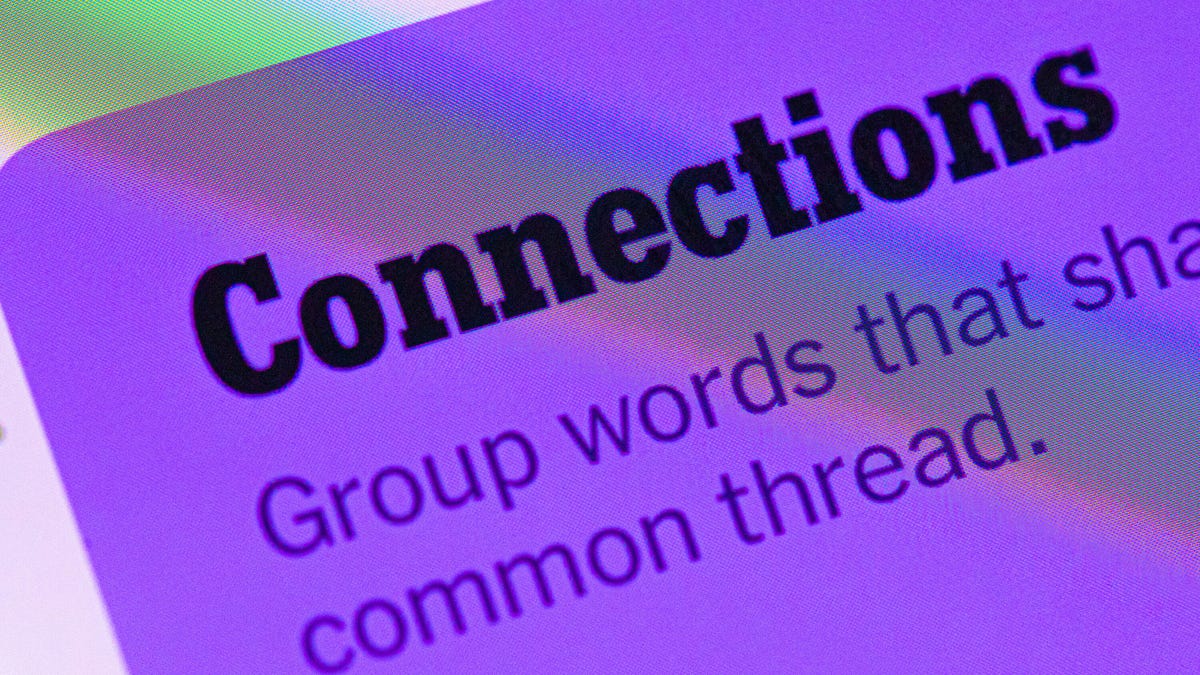
Looking for the most recent Connections answers? Click here for today’s Connections hints, as well as our daily answers and hints for The New York Times Mini Crossword, Wordle, Connections: Sports Edition and Strands puzzles.
Today’s NYT Connections puzzle is kind of tough. The purple category once again wants you to find hidden words inside other words. If you need help sorting the words into groups, you’re in the right place. Read on for clues and today’s Connections answers.
The Times now has a Connections Bot, like the one for Wordle. Go there after you play to receive a numeric score and to have the program analyze your answers. Players who are registered with the Times Games section can now nerd out by following their progress, including the number of puzzles completed, win rate, number of times they nabbed a perfect score and their win streak.
Read more: Hints, Tips and Strategies to Help You Win at NYT Connections Every Time
Hints for today’s Connections groups
Here are four hints for the groupings in today’s Connections puzzle, ranked from the easiest yellow group to the tough (and sometimes bizarre) purple group.
Yellow group hint: Like an air fryer.
Green group hint: In your vehicle.
Blue group hint: Take out your laptops, dump out your water.
Purple group hint: Like a rainbow.
Answers for today’s Connections groups
Yellow group: Small kitchen appliances.
Green group: Features of a car’s center console.
Blue group: Seen while going through airport security.
Purple group: Ending in colors.
Read more: Wordle Cheat Sheet: Here Are the Most Popular Letters Used in English Words
What are today’s Connections answers?
The yellow words in today’s Connections
The theme is small kitchen appliances. The four answers are blender, microwave, rice cooker and toaster.
The green words in today’s Connections
The theme is features of a car’s center console. The four answers are air conditioner, cup holder, radio and shifter.
The blue words in today’s Connections
The theme is seen while going through airport security. The four answers are bin, carry-on, metal detector and X-ray.
The purple words in today’s Connections
The theme is ending in colors. The four answers are infrared, marigold, stingray and ultraviolet.
Don’t miss any of our unbiased tech content and lab-based reviews. Add CNET as a preferred Google source.
Toughest Connections puzzles
We’ve made a note of some of the toughest Connections puzzles so far. Maybe they’ll help you see patterns in future puzzles.
#5: Included «things you can set,» such as mood, record, table and volleyball.
#4: Included «one in a dozen,» such as egg, juror, month and rose.
#3: Included «streets on screen,» such as Elm, Fear, Jump and Sesame.
#2: Included «power ___» such as nap, plant, Ranger and trip.
#1: Included «things that can run,» such as candidate, faucet, mascara and nose.
Technologies
Today’s NYT Connections: Sports Edition Hints and Answers for Nov. 24, #427
Here are hints and the answers for the NYT Connections: Sports Edition puzzle for Nov. 24, No. 427.

Looking for the most recent regular Connections answers? Click here for today’s Connections hints, as well as our daily answers and hints for The New York Times Mini Crossword, Wordle and Strands puzzles.
Music lovers, today’s Connections: Sports Edition has a fun green category for you. You’ll recognize some familiar phrases in the grid, I think. If you’re struggling with today’s puzzle but still want to solve it, read on for hints and the answers.
Connections: Sports Edition is published by The Athletic, the subscription-based sports journalism site owned by The Times. It doesn’t appear in the NYT Games app, but it does in The Athletic’s own app. Or you can play it for free online.
Read more: NYT Connections: Sports Edition Puzzle Comes Out of Beta
Hints for today’s Connections: Sports Edition groups
Here are four hints for the groupings in today’s Connections: Sports Edition puzzle, ranked from the easiest yellow group to the tough (and sometimes bizarre) purple group.
Yellow group hint: Not long pants.
Green group hint: Sing out.
Blue group hint: Gridiron guys who share a name.
Purple group hint: Like a law.
Answers for today’s Connections: Sports Edition groups
Yellow group: Types of shorts.
Green group: Popular arena/stadium songs.
Blue group: Football Drews.
Purple group: ____ rule.
Read more: Wordle Cheat Sheet: Here Are the Most Popular Letters Used in English Words
What are today’s Connections: Sports Edition answers?
The yellow words in today’s Connections
The theme is types of shorts. The four answers are basketball, bike, compression and gym.
The green words in today’s Connections
The theme is popular arena/stadium songs. The four answers are Eye of the Tiger, Jump Around, Sandstorm and Thunderstruck.
The blue words in today’s Connections
The theme is football Drews. The four answers are Bledsoe, Brees, Lock and Pearson.
The purple words in today’s Connections
The theme is ____ rule. The four answers are infield fly, mercy, tuck and unwritten.
Don’t miss any of our unbiased tech content and lab-based reviews. Add CNET as a preferred Google source.
Technologies
Today’s NYT Mini Crossword Answers for Monday, Nov. 24
Here are the answers for The New York Times Mini Crossword for Nov. 24.
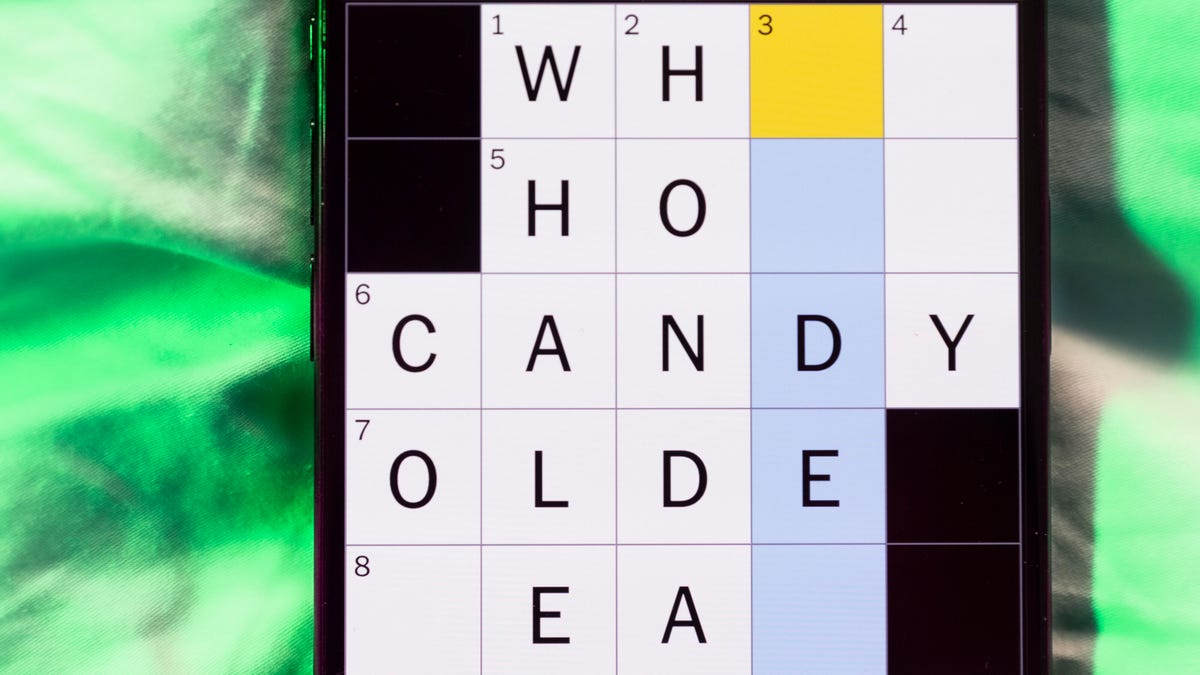
Looking for the most recent Mini Crossword answer? Click here for today’s Mini Crossword hints, as well as our daily answers and hints for The New York Times Wordle, Strands, Connections and Connections: Sports Edition puzzles.
Need some help with today’s Mini Crossword? Two down might be my favorite clue, and answer, this puzzle has ever offered. Read on for all of the answers. And if you could use some hints and guidance for daily solving, check out our Mini Crossword tips.
If you’re looking for today’s Wordle, Connections, Connections: Sports Edition and Strands answers, you can visit CNET’s NYT puzzle hints page.
Read more: Tips and Tricks for Solving The New York Times Mini Crossword
Let’s get to those Mini Crossword clues and answers.
Mini across clues and answers
1A clue: Prefix for some music genres
Answer: ALT
4A clue: Fab ___ (nickname for the Beatles)
Answer: FOUR
6A clue: Eagle’s claw
Answer: TALON
8A clue: Fab ___ (nickname for a noted University of Michigan basketball team)
Answer: FIVE
9A clue: Congregant’s seat
Answer: PEW
Mini down clues and answers
1D clue: Boat’s rear
Answer: AFT
2D clue: Shape of a cat with its legs tucked under itself
Answer: LOAF
3D clue: Flower that’s the subject of Dutch festivals
Answer: TULIP
5D clue: Wander aimlessly
Answer: ROVE
7D clue: Like many shows at the top of the Netflix queue
Answer: NEW
Don’t miss any of our unbiased tech content and lab-based reviews. Add CNET as a preferred Google source.

